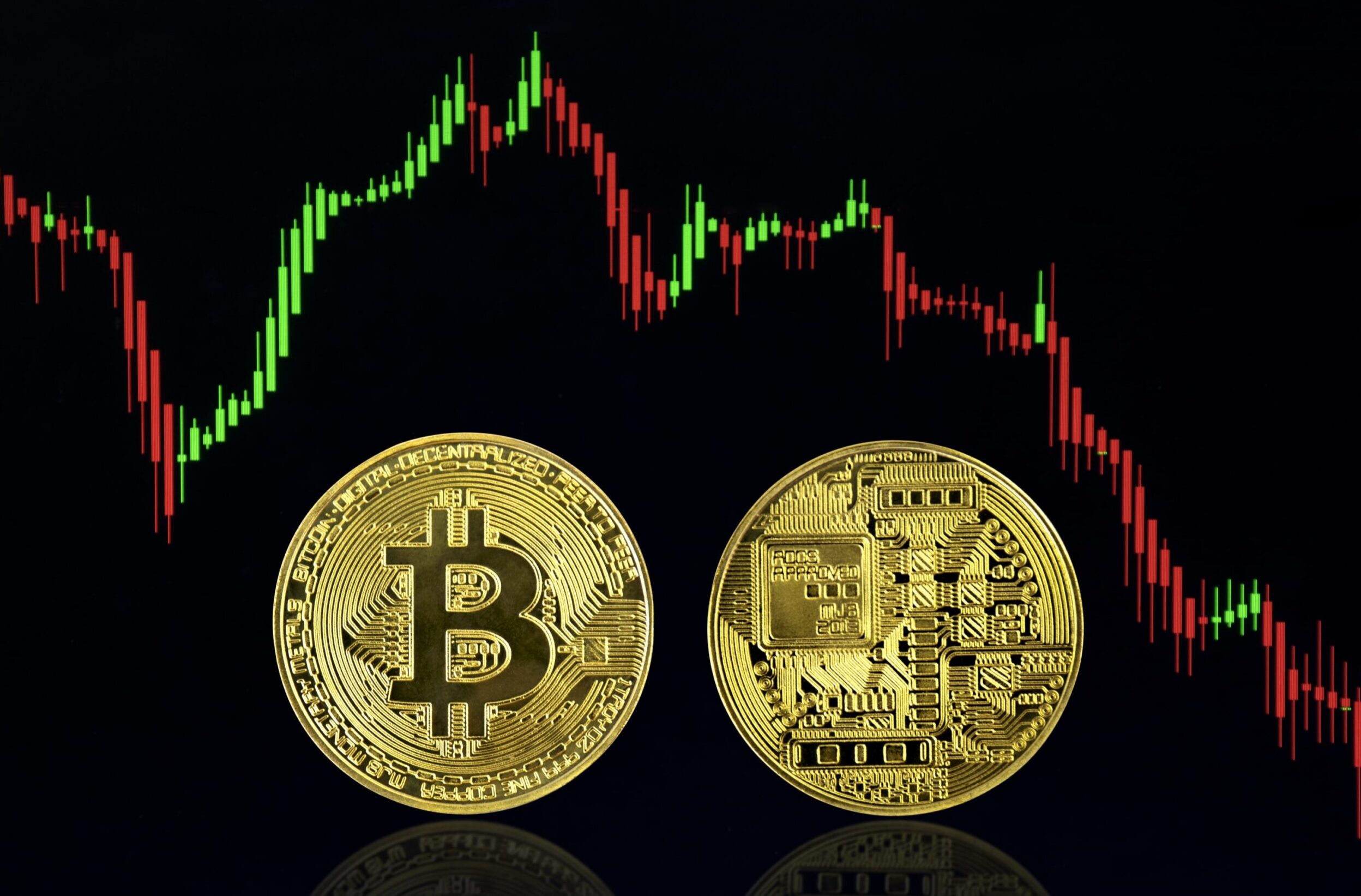The term “crypto price” may seem simple but in the realm of blockchain technology and digital assets it is a complex idea that is affected by a number of economic technological and psychological aspects. When the price of Bitcoin or Ethereum changes a lot in a few hours, it’s a sign of how people across the world feel about how the market is set up how trading algorithms work macroeconomic statistics and even political conflicts. Both casual investors and institutional traders must understand the process of determining crypto prices and their significance.
Crypto Price Determining Factors
Like any other traded asset, the price of a cryptocurrency is mostly based on supply and demand. But digital currencies have their own special features that make this interaction more difficult. Bitcoin (BTC) and Ethereum (ETH) are two examples of cryptocurrencies that have a limited or restricted supply. For instance, Bitcoin can only have 21 million coins, which means it will always lose value. Many people have called it “digital gold” because it is so rare.
When Ethereum switched to Proof of Stake (PoS), investors became very interested since it used less energy and had the ability to earn staking rewards. Similarly, news from regulatory authorities like the SEC, the European Central Bank, or the FCA can cause the market to react in either direction.
Crypto Volatility and Sentiment
Cryptocurrency prices are known for being quite unstable. In one day, Bitcoin can go up or down by 10%. These big changes can draw in traders and speculators who want to make rapid money, but they can also scare off long-term investors who are afraid of risk. Leverage in futures markets, social media, global economic events, and on-chain activity measures like transaction volume or miner behavior can all cause crypto to be volatile.

“Crypto market correction,” “bull run,” “altcoin season,” and “price chart analysis” are all examples of Latent Semantic Indexing (LSI) keywords that are part of the larger debate that affects how people think abo crypto pricing. The market typically reacts in real time when more people search for phrases like “crypto price crash” or “best crypto to buy now.”
Decentralized Crypto Price Discovery
In a decentralized system, crypto doesn’t have a single exchange where prices are discovered. Cryptocurrencies are exchanged all around the world on hundreds of platforms, including Binance, Coinbase, Kraken, and decentralized exchanges like Uniswap. This setup is different from traditional markets, where centralized entities like the NYSE or Nasdaq give transparency and oversight.
These markets are open all the time; thus, the price of crypto changes all the time in response to world news, Twitter trends, and real-time measures like trading volume, liquidity pools, and order book depth. Because of this, there can be short-term price differences between exchanges, which creates arbitrage opportunities that affect prices even more.
Crypto Price Tracking Tools
It’s never been easier to keep track of how much digital assets are worth right now. Websites and tools like CoinMarketCap, CoinGecko, and TradingView give users access to live charts, technical indicators, and historical data to help them understand how the market is moving. Institutional platforms like Glassnode and Messari give you more information, such as realized cap, whale migration, and network activity.
![]() Including search terms such as “Bitcoin live price,” “crypto price alerts,” “Ethereum price tracker,” and “DeFi token value” in your content caters to a diverse user base, ranging from those seeking to monitor the market to those conducting extensive research.
Including search terms such as “Bitcoin live price,” “crypto price alerts,” “Ethereum price tracker,” and “DeFi token value” in your content caters to a diverse user base, ranging from those seeking to monitor the market to those conducting extensive research.
Economic Factors Impacting Crypto
The overall state of the economy has an impact on cryptocurrency prices. For example, when inflation is strong, investors may buy Bitcoin as a hedge, which drives up prices. On the other hand, when central banks raise interest rates, it can make the market less liquid, which can lead to sell-offs in risk-on assets like crypto. For instance, China’s periodic crackdowns on mining have historically caused prices to drop sharply. Positive comments from tech leaders like Elon Musk or moves by companies like BlackRock might also start bullish momentum.
Final thoughts
The community is crucial in the decentralized world of crypto when it comes to price action. Reddit threads, Twitter influencers, and Telegram groups often move faster than traditional news outlets, changing people’s feelings in real time. Prices can go up or down very quickly when important people tweet about a currency. To be able to predict short-term price changes, you need to understand this dynamic. Words like “crypto Twitter,” “FOMO,” “pump and dump,” and “meme coin surge” show how community mood may affect prices.

